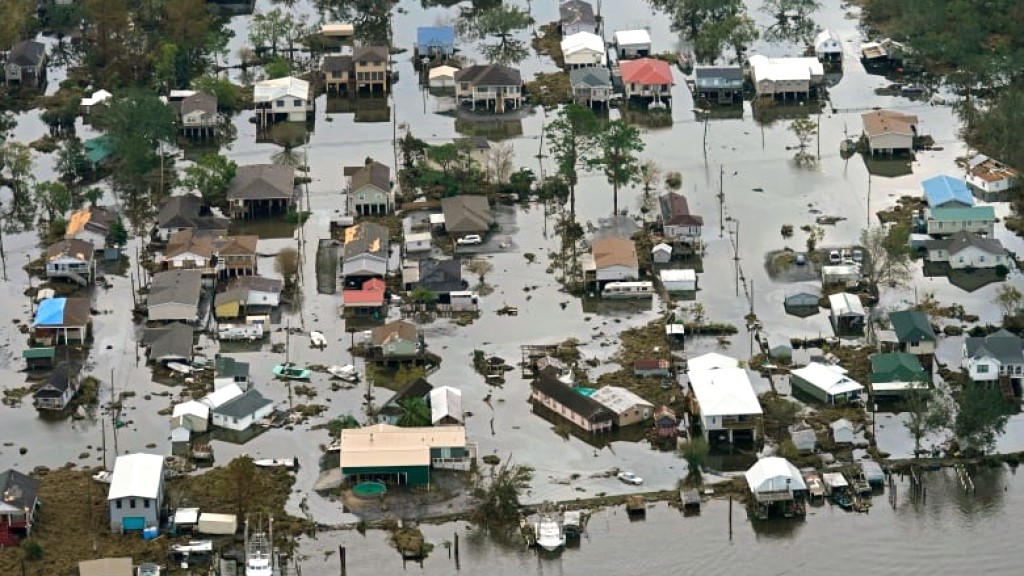
La Nina Cuatro tops $2 trillion

Weather-disaster losses rock the global economy
- Dateline
- 29 November 2024
For the first time since records began, we have had four La Ninas in a row, and the damage caused by the notorious weather system since 2020 is estimated to exceed US$ 2 trillion globally. From floods in Pakistan and India to wildfires in the US to torrential rain in Australia and drought in South America, La Nina has wreaked havoc across continents.
Unexpectedly, it’s not the intensity or severity of the slightly cooler Pacific seawater that causes the damage, but the length of time the phenomenon hangs around, and the fact that it has arrived for a fourth time – hence the ‘cuatro’ moniker. An extended La Nina means the affected regions have no chance to return to ‘normal’ – if such a concept is still valid.
In terms of climate change, the opposite cycle, El Nino, accelerates global warming and brings heavy rains to other parts of the world, but drought to southern Africa. La Nina causes good rains and bumper crops in South Africa, but drought in East Africa, while also helping to ‘pause’ global warming. Neither of the two is universally preferred; possibly the ‘neutral’ position on the El Nino oscillation is most benign, overall.
But while La Nina is welcomed in some countries, heavily populated areas like Pakistan, Indonesia, Brazil and the United States are the most adversely affected. And that’s where the majority of people have the most to lose; disasters like floods cause the most damage where forests have been cleared and housing is dense, and drought is felt more keenly where growing communities use more water every year.
Whether it’s worse weather and more extreme conditions, or just more people to suffer and infrastructure to be damaged, the costs have mounted every year that La Nina has persisted, and now total about US$ 2 trillion in insurance losses alone. But the economic impact on trade and industry – from agriculture to mining to energy and shipping – is incalculable.
Links to related stories
Warning: Hazardous thinking at work
Despite appearances to the contrary, Futureworld cannot and does not predict the future. Our Mindbullets scenarios are fictitious and designed purely to explore possible futures, challenge and stimulate strategic thinking. Use these at your own risk. Any reference to actual people, entities or events is entirely allegorical. Copyright Futureworld International Limited. Reproduction or distribution permitted only with recognition of Copyright and the inclusion of this disclaimer.